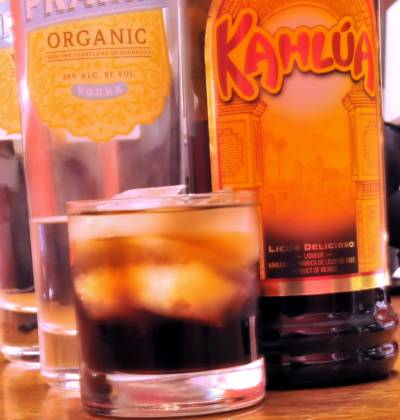1st week @ Cheffing…
Everything in the kitchen is about conserving energy and saving time. It is a very stressful industry and I take my hat off to all the chefs in the world!
It’s a harsh environment to work in. It takes a lot of skill and a thick skin to be able to handle all the pressures and deadlines that have to be met. This weekend in the kitchen exposed me to the realities of what goes on behind those two doors.
Our first week in the kitchen went by very fast. I learned how to make a basic béchamel sauce and added it to chicken lasagna, roasted beef and roasted pork and I even made pancakes endlessly for welcoming on Friday!
Cooking is defined as the transfer of energy from a heat source to food. There are 14 methods we have to know.
1. Blanching: Often a preliminary method. Either in the treatment of green vegetables complete cooking, preserving chlorophyll but breaking plants acids down. Or to remove natural bitterness from strong flavored vegetables, onion and cabbage families. It can be done in water or oil. F.e. Haricot frites.
2. Poaching: Gentle cooking process done in water, court bouillon or stock. F.e. eggs.
3. Boiling: The cooking of food in rapid boiling water, is also applicable to simmering of vegetables or meat. F.e Pommes nature.
4. Steaming: Cooking of food in hot moist air. Reduces cooking time and retains nutrients. F.e. most vegetables.
5. Deep frying: Placed in oil, food is totally submerged.
6. Shallow frying: Placed in oil covering half of the medium of food.
7. Sauteing: Quick frying of food in a pan with little oil and medium to high heat.
8. Roasting: Cooking of large joints in a dry heat. F.e. Roast sirloin.
9. Grilling: Fast cooking of smaller tender pieces with little or no oil. Done by contact heat. F.e. Grilled Rump Steak.
10. Baking: Cooking of food in dry heat, moistened by its own ingredients.
11. Stewing: Moist cooking method for tough meats, cut into small pieces, medium is stewed in its own liquid. First done in fat then liquid.
12. Braising: Combination of roasting and stewing in a braisiere on stove or oven.
13. Glacing: Same application as braising but used only for white meat.
14. Pot roasting: Cooking of poultry in a fat medium in a pot. Cooked in fat then liquid, and basted frequently. F.e. Pot roast chicken.
The highlight of my week!! Making my own béchamel sauce!!
A basic béchamel sauce:
It’s easy to make and it isn’t very time consuming. You will need butter, flour and milk in a ratio of 1:1:10.
Stir 1 tablespoon butter and flour on medium heat until combined into a paste. Then add a cup of milk stirring continuously till thickened.
· Béchamel is a mother sauce which can be used to make cheese, garlic, mushroom sauce etc.











